Leafy greens might not win popularity contests at the dinner table, but these nutritional powerhouses pack more health benefits per bite than almost any other food. From spinach to kale, collards to arugula, these vibrant veggies deserve a starring role on your plate.
Ready to transform your health with some green goodness? Here’s why you should befriend these nutrient-rich superstars today.
1. Nutrient Explosion In Every Bite
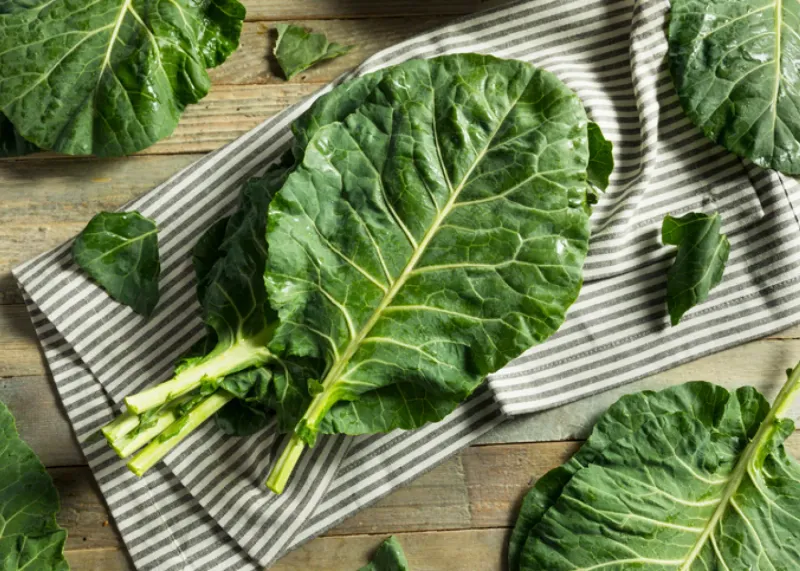
Holy vitamin jackpot! Leafy greens cram more nutrients into fewer calories than practically anything else in the produce section. A single cup of spinach delivers a whopping 181% of your daily vitamin K needs while barely touching your calorie bank.
The green magic doesn’t stop there. These leafy champions overflow with vitamins A, C, folate, and minerals like iron, calcium, and potassium. Your body practically does a happy dance when these nutrients arrive.
2. Weight Management Without The Misery
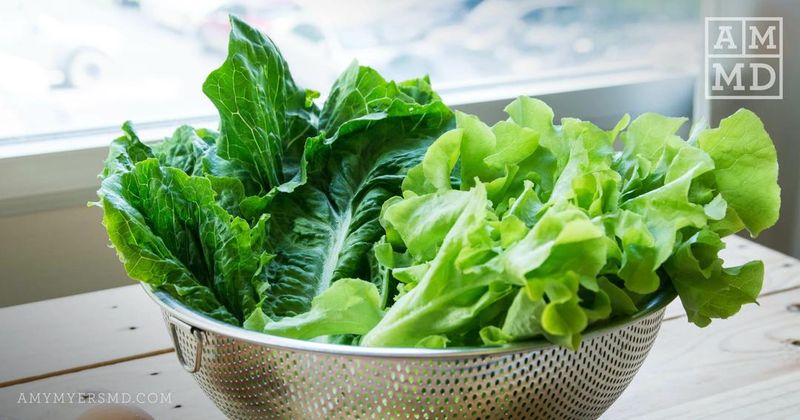
Forget starvation diets! Leafy greens let you eat MORE while weighing LESS. These low-calorie volume foods fill your plate and stomach without expanding your waistline—a single cup of raw kale contains just 33 calories but enough fiber to keep hunger locked away for hours.
Studies show people who regularly consume greens maintain healthier weights without feeling deprived. The fiber creates that satisfied feeling while the water content in greens helps hydrate your body and boost metabolism.
3. Your Skin’s Secret Weapon

Forget expensive creams! Your skin craves what leafy greens deliver naturally. The vitamin A in spinach and kale regulates cell production and turnover, giving you that coveted glow without the $100 serum. Meanwhile, their antioxidants fight the free radicals that cause premature aging and wrinkles.
Water content in greens hydrates your skin from the inside out—something no topical product can truly achieve. The vitamin C found abundantly in greens is essential for collagen production, the protein that keeps skin firm and youthful.
4. Brain Fog Clearing Superpowers

Brain feeling sluggish? Leafy greens contain compounds that might as well be cognitive rocket fuel! The vitamin K in these verdant powerhouses activates proteins that strengthen neural connections—literally making your thoughts flow faster.
Researchers found that people who ate just one serving of greens daily had brains that functioned as if they were 11 years younger than their salad-skipping counterparts. The folate in spinach and other greens helps produce neurotransmitters that regulate mood and cognition.
5. Heart Protection That Actually Works
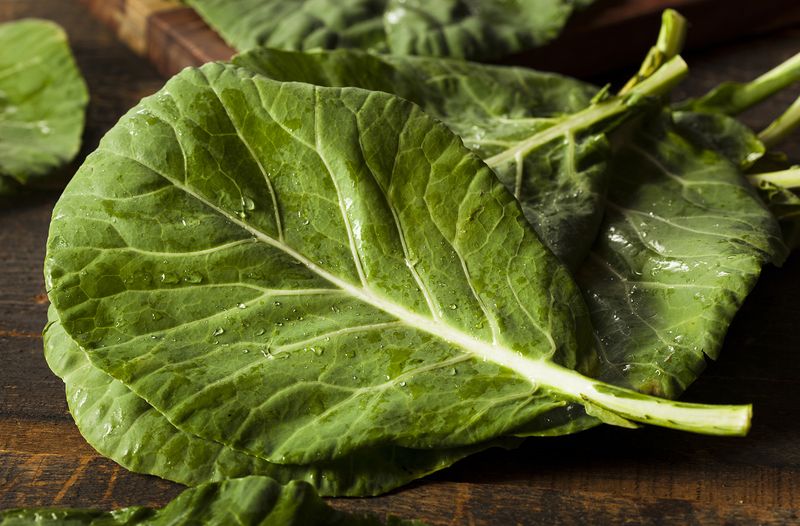
Cardiac surgeons should prescribe kale! The potassium in leafy greens helps regulate blood pressure by counteracting sodium’s effects, while their nitrates improve blood vessel function, increasing circulation efficiency almost immediately after eating them.
Harvard researchers tracked over 100,000 people for 30 years and found those eating the most leafy greens had a 16% lower risk of heart disease. The magnesium content relaxes blood vessels, reducing strain on your heart with every serving.
6. Inflammation Knockout Punch
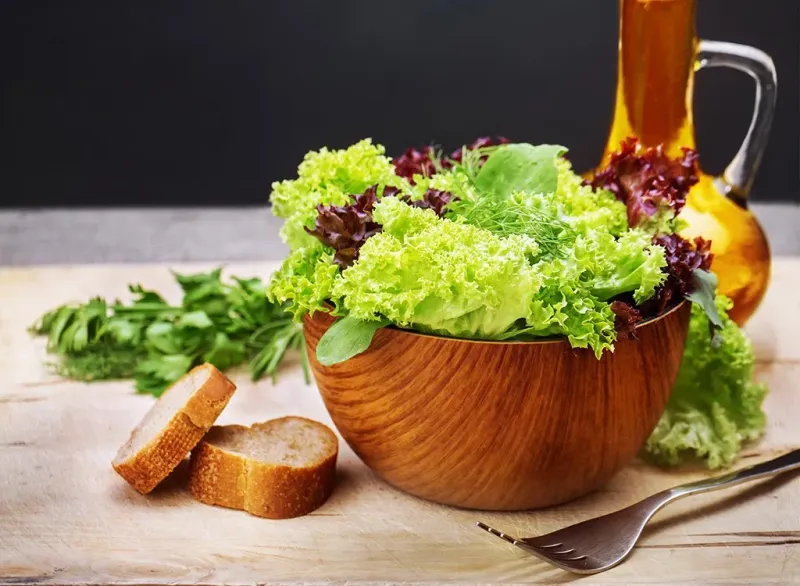
Chronic inflammation is the silent troublemaker behind most major diseases—and leafy greens deliver a one-two punch against it! Their antioxidants neutralize the free radicals that trigger inflammatory responses, while their vitamin K actively suppresses inflammatory markers.
Joint pain sufferers, listen up: The omega-3 fatty acids found surprisingly in greens like purslane and spinach help reduce inflammation in a similar (though milder) way to fish oil. Even more impressive, sulforaphane in cruciferous greens actually switches off certain inflammatory genes.
7. Digestion Magic For Troubled Tummies
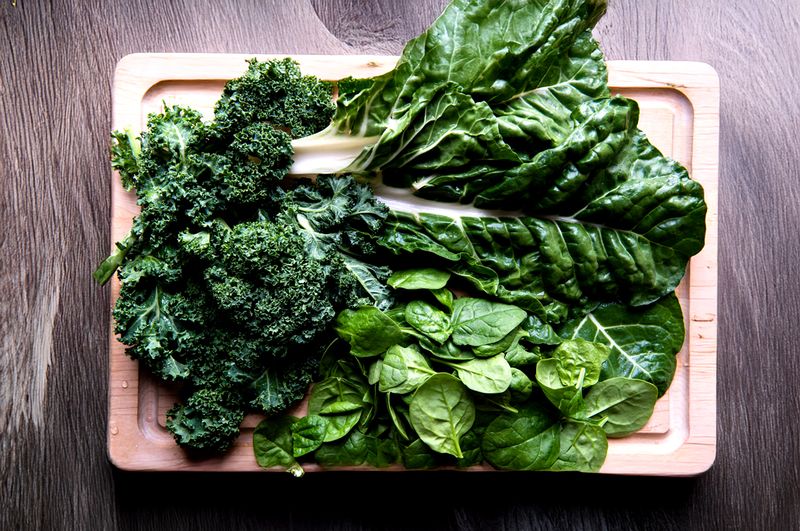
Gut troubles got you down? The insoluble fiber in leafy greens works like nature’s broomstick, sweeping through your digestive tract and preventing that uncomfortable backed-up feeling. One cup of cooked kale packs nearly 10% of your daily fiber needs!
Beyond the physical scrubbing, greens feed your gut’s good bacteria. These beneficial microbes feast on the prebiotic compounds in greens, multiplying and crowding out the troublemakers that cause bloating and discomfort.
8. Eye Protection You Can’t Buy In Stores

Carrots get all the eye-health glory, but leafy greens are the real vision superheroes! Lutein and zeaxanthin—found abundantly in spinach, kale, and collards—act like internal sunglasses, absorbing damaging blue light that causes macular degeneration.
These compounds actually concentrate in your retina, building up protective layers that filter harmful light while allowing beneficial wavelengths through. People with the highest lutein levels show 43% lower risk of macular degeneration—the leading cause of age-related blindness.
9. Cancer-Fighting Compounds On Your Fork

Cancer researchers have discovered what your grandmother never knew—cruciferous greens contain compounds that literally cause cancer cells to self-destruct! Sulforaphane in kale, collards, and arugula triggers apoptosis (cellular suicide) specifically in cancer cells while leaving healthy cells untouched.
The folate in leafy greens helps maintain DNA integrity during cell division, reducing mutation risks. Meanwhile, chlorophyll—the pigment that makes greens green—binds to carcinogens in your digestive tract, preventing them from being absorbed.
10. Bone-Building Beyond Just Calcium

Dairy ads never mention this: leafy greens are bone-building powerhouses! One cup of cooked collard greens contains more calcium than a glass of milk, but with bonus vitamin K that dairy lacks—crucial for directing calcium into bones instead of arteries.
The magnesium in greens works synergistically with calcium to increase bone mineral density. Without enough magnesium (abundant in spinach and chard), calcium supplementation barely helps bones at all! This mineral tag-team explains why cultures consuming more greens than dairy often have lower fracture rates.
11. Mood-Boosting Green Therapy

Feeling blue? The folate in leafy greens might be your brain’s missing mood enhancer! Research shows people with folate deficiency are up to three times more likely to experience depression—and leafy greens are nature’s richest folate source.
These verdant mood-lifters help your brain produce dopamine, serotonin, and norepinephrine—the neurotransmitter trifecta that regulates happiness. The magnesium in greens also calms neural excitability, reducing anxiety and promoting better sleep quality.
12. Anti-Aging Effects From The Inside Out
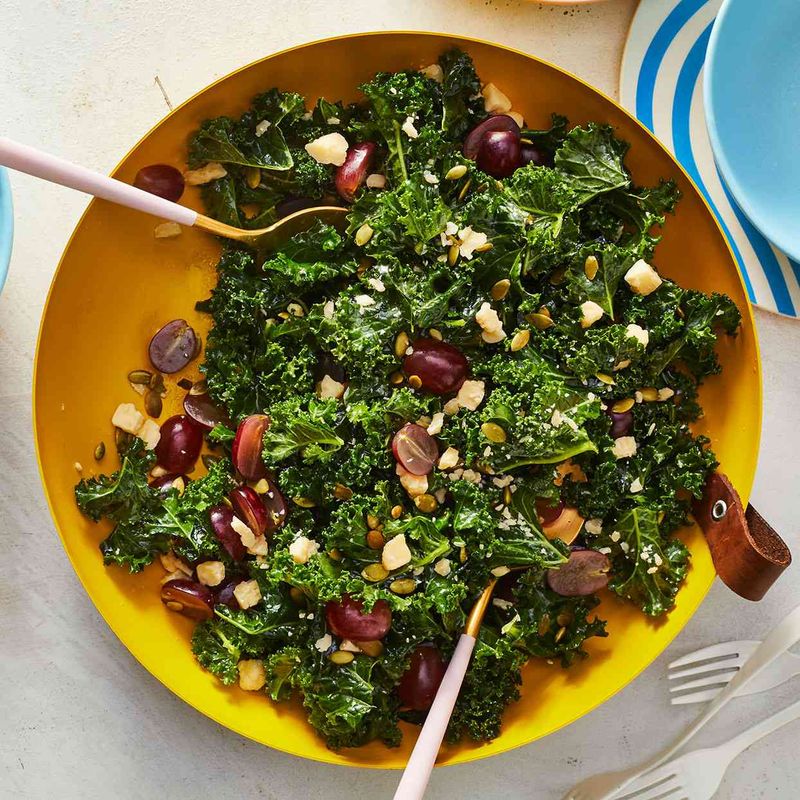
Forget expensive creams—leafy greens slow aging at the cellular level! Their antioxidants neutralize the free radicals that damage DNA and accelerate aging. The vitamin C in greens is essential for collagen production, keeping skin firm while maintaining joint flexibility and vessel elasticity.
Fascinatingly, greens contain unique compounds called carotenoids that accumulate in skin, creating subtle golden undertones that people universally rate as healthier and more attractive than artificial tans. The folate in greens helps cells replicate properly, preventing the telomere shortening associated with premature aging.

